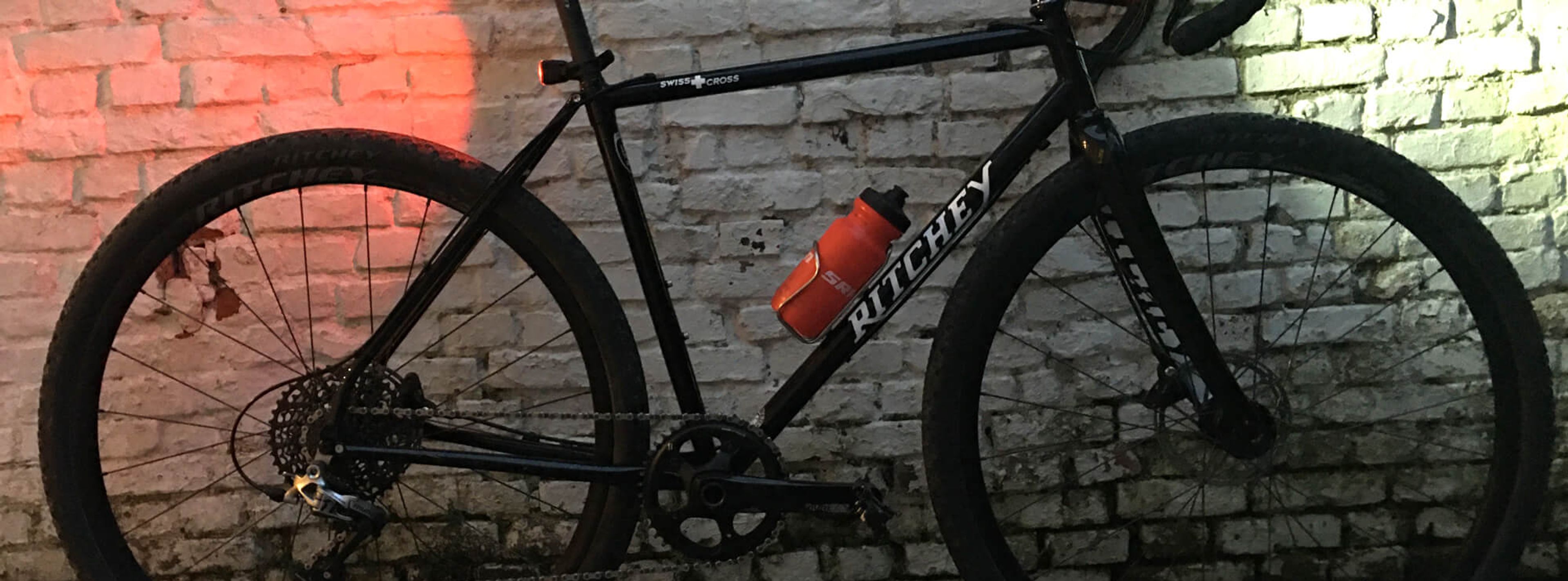How and when to ride in your bicycle the dark
While you might be enjoying that extra hour of sleep now that the clocks have changed, you might lament the sun's escape a bit earlier in the day. Not happy with less riding time? Well, darkness shouldn’t extinguish your cycling routine! Here are some tips and ideas about riding at night!
Why are you still in the dark about night riding when you could break away from the masses, escape monotony, or gain an extra riding season? Riding a bike “after hours” creates a new season in places where daytime temperatures scorch but where riding is sublime once the mercury drops. Riding in the dark also livens up your routine ride when you can’t see much of what’s in front of you – in fact that kind of unpredictability also doubles as a narrative for life…embrace it.
Why ride in the dark?
When the seasons change, time outside has greater currency if you tether yourself to winter’s shorter daylight hours. Throwing your leg over a bike to go ride in the dark might seem like total lunacy at first, however if you’re willing to cut ties with the sun, then a whole wealth of opportunities awaits you. For instance, darkness cuts down on crowding so if you’re usually slaloming between walkers, dogs, and other cyclists, get ready to have your routine bikeways all (or mostly) to yourself. Riding with reduced visibility will also compel you to sharpen your skills as well as speed up your reaction time. Before you blast off into the night though, first get kitted up with the basics for riding in the dark.
Light up the night
Seeing what’s in front of you matters as much as being seen from behind. It’s been widely accepted that the best bike lights for night riding are found out in front and in back, but now new developments in helmet technology have brought 360º visibility to er, light. Rather than relying on a luminescent helmet alone, it’s better to complement a standard front and rear light set up with a helmet that lights up for a more accurate rendering of the space you occupy. Handlebar lights cast shadows off of large objects to give you a better idea of the size and proximity of upcoming obstacles. Rear lights help everyone stay safe since they both cars and other riders in your wake know where you are on the road, trail, or in the pack.
What you can't see can hurt you
In addition to reduced visibility when it’s lights out, other threats to your 20/20 include tree branches, dust, pollen, and insects. Daytime riding glasses won’t do in the dark. Instead opt for night vision glasses specifically for bike riding, which eliminate the halo effect around streetlights, or swap out your daytime lenses for clear or light orange or yellow tinted lenses.
Where to ride in the dark?
Don’t overthink this one too much, especially if you’re new to night riding, then it might be a good idea to start with what’s familiar. One way to make your regular trails or dirt roads new again is by changing bikes, another way is to ride them in the dark. Without peripheral vision or visual cues as guides, you’ll have to rely on the short, narrow beam of light in front of you for guidance, which can transform your ride experience into an exciting thrill ride.
For a totally transcendental ride experience, swap bikes and ride at night.
Tip: Unless you live in a remote, rural area, where cars are scarce and bike lights stand out in the dark, then riding on the road might best be saved for daytime since drivers are even less accustomed to seeing bikes on the road at night so your safety may be at greater risk.
When to ride in the dark
New Year’s Eve. You’ve got time after midnight for a little hedonism so how about ending the year off-the-grid, out in the fresh air, and from a vantage point that affords you the rarest view of fireworks. Make it a tradition, invite friends, maybe work food into the mix and bingo, you’ve got a VIP event for one or for many.
Date night. Book a babysitter, grab your significant o ther, pack a picnic dinner, and make a break for a few hours to remind yourselves what you like about each other and the life you’ve built together.
When the moon is full. The full moon’s ambient light creates an ideal setting for riding, especially if it’s off-road. Without artificial light to pollute the moon’s beams, the surrounding glow uncovers features that hide out in broad daylight. Same as riding in the dark makes your old trails seem new again, riding under a full moon will have a similar effect.
In time for sunrise. The world is full of places that boast the best sunrise, some of them are even better if you get there by bike. Cadillac Mountain in Acadia National Park (Maine, USA); Uluru, Northern Territory (Australia); Haleakala National Park (Hawaii, USA); Pico del Veleta (Granada, Spain); or be one of the first people in the world to greet the sun’s rays by riding to the top of Port Hills, Christchurch (New Zealand).
Any time the sun goes down. Why wait for a special occasion? Even if it takes an extra amount of effort to get motivated, there’s adventure to be had by busting out of monotony and riding in the dark.
Lights out
Night riding reveals a side of cycling that’s in the background during the day but only comes out at night. It’ll stay hidden only until you try riding in the dark, but once you “enlighten” yourself on the benefits of riding in the dark, you may discover that it’s the lighter side of riding.
Related articles
Join now for engaging stories, exclusive offers and product news delivered right to your inbox.


